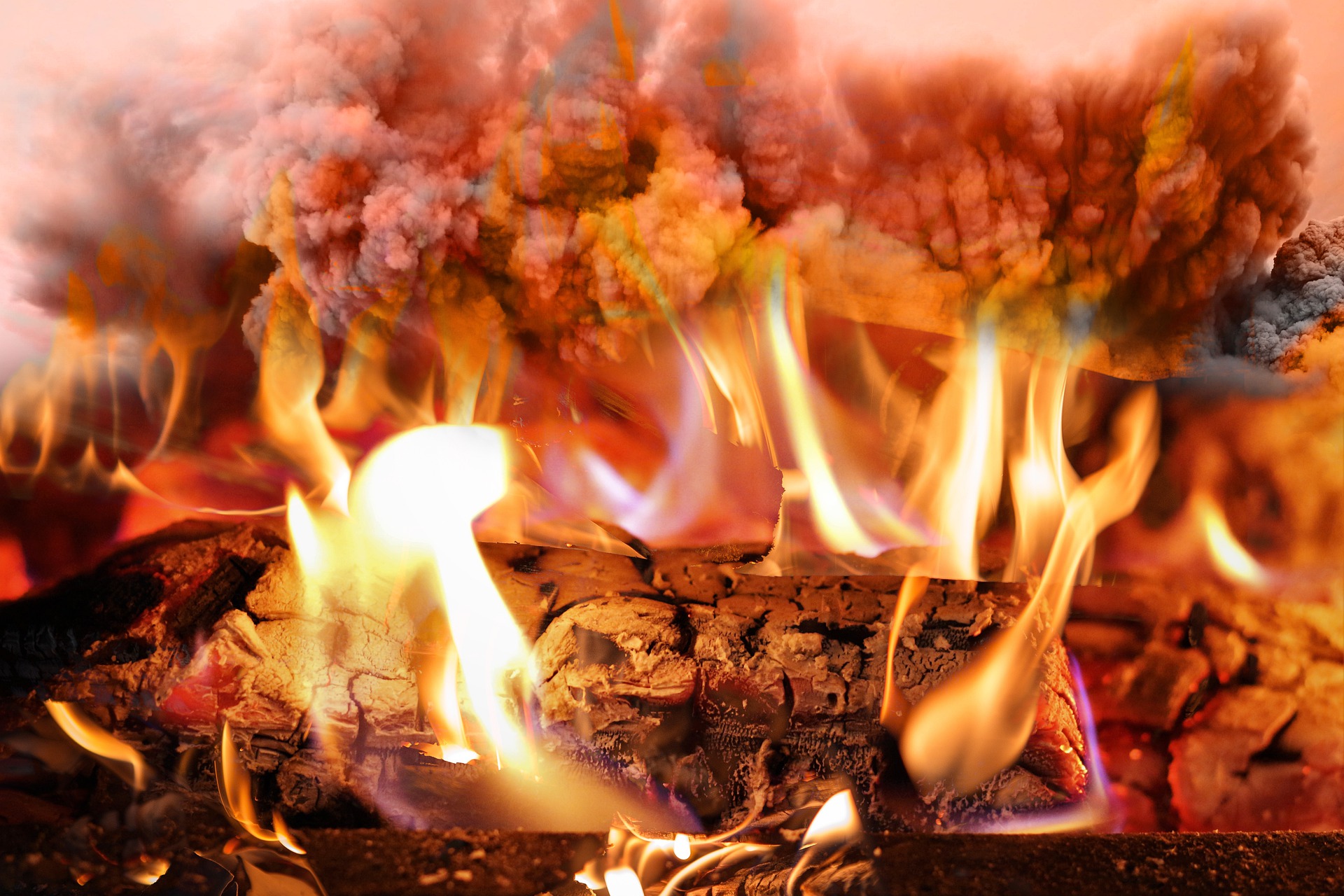Combustible Dust
A lot of times dust in the workplace is not looked upon as a serious hazard. But dust can be combustible and has potential to become one of the fatal or at least serious fire and explosion hazard. So how do you protect yourself and your workplace from it.
Combustible dust is any fine material that can catch fire and explode when mixed with air and heat.
Innocent looking fine material and dust produced during grinding, polishing, handling of food and vegetables, sugar, organic dust and of course metal dust, wood dust, chemical fine particles can become potentially combustible given the right flammable conditions.
There is also the concept of the fire pentagon i.e. Fuel (combustible dust), Ignition source (heat), Oxygen, Confined space and dispersed dust particles. These together can lead to a primary fire and explosion leading to subsequent several secondary explosions.
OSHA offers a
exhaustive list of materials that could produce combustible dust.
Good news is with proper assessment and controls the combustible dust hazards and explosions are totally avoidable. Controls can be put at following levels
- Elimination/Substitution
- Administrative / Housekeeping and
- Engineering
Engineering Controls would include
- Installation of correct dust extraction and/or Dust suppression systems
- Explosion Venting
- Installation of Fire Extinguishers or fire suppression systems
- Removal of other potential ignition sources
Administrative Controls
- Have clear written policies on education, training and orientation of all involved personnel on same.
- Good Housekeeping practices with correct equipment
- Preventive Maintenance programs
- Regular Inspections of machinery and plant and process for dust accident risks
- Ignition control steps
OSHA and NFPA have detailed standards on combustible dust and its prevention of combustible dust hazards, failure to comply with these can get citations and fines no to mention the losses, damage to property, potential death and insurance claims arising out of fire and explosions
OSHA has released the National Emphasis Program (NEP) on Combustible dust where dangers of combustible dust standards and fines are detailed.
NFPA69 is the standard for explosion prevention systems.
NFPA 652: Standard on the Fundamentals of Combustible Dust provides the basic framework for identifying and managing fire and explosion hazards from combustible dust.
Education and stringent hazard management SOPs and their implementation is the key to avoid dust explosions.
Some Pertinent questions to ask here are-
- Is the dust combustible
- Is there a chance of dust being dispersed
- Is there confinement of dust particles and matter
- Could there be possible potential source of ignition anytime in future if not now
- Is systematic review of processes done by the EHS team
- Is there an SOP for future change management
- Are all employees educated trained and made aware of potential hazardous situations arising out of the process and the dust.
Feel free to connect with us on info@thechicprojectmanager.com for any further information needed.

